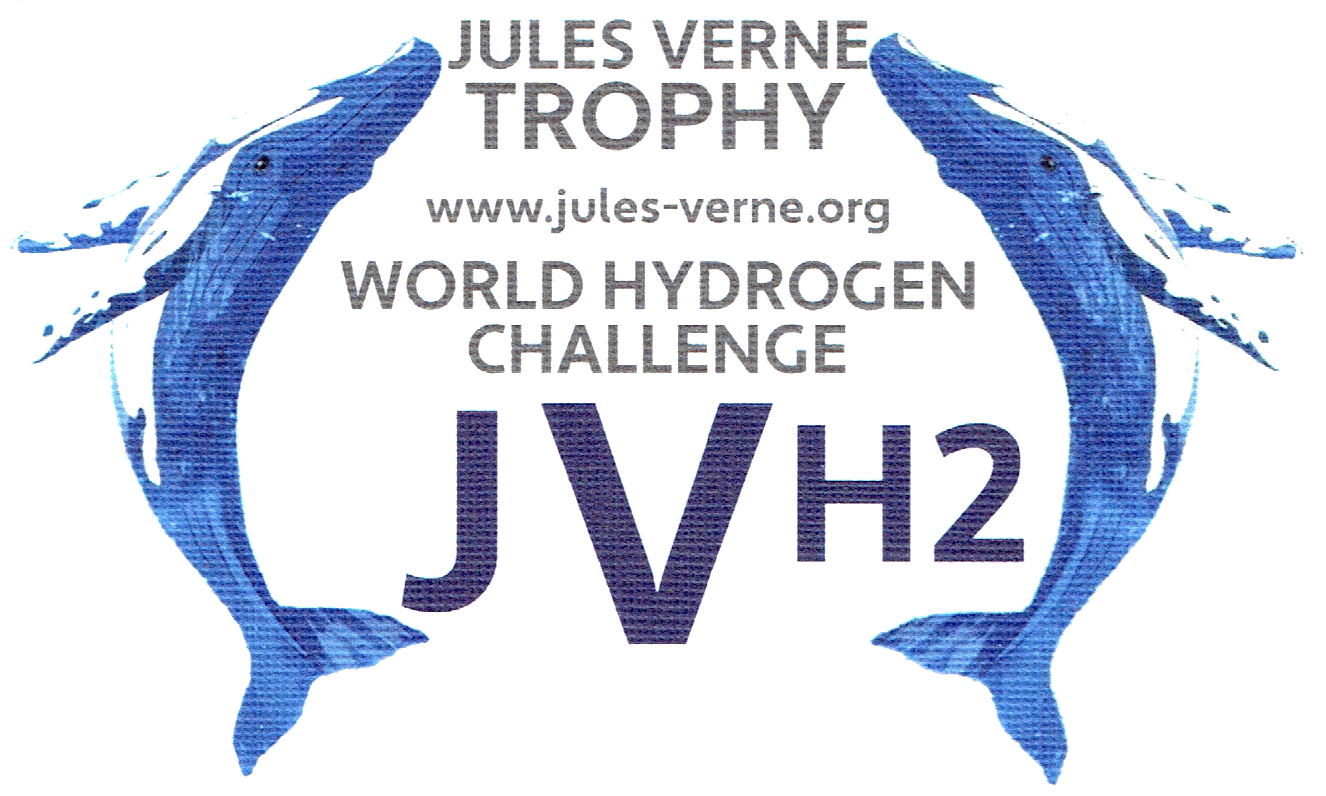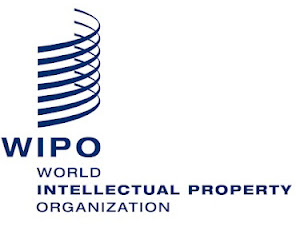|
COPYRIGHTS A-Z
Please use our A-Z to navigate this site, or see HOME
|
|
Copyright is a protection for original artwork like the leaping humpback whales above. You can apply for trade mark protection in addition to artistic copyright, but that may not be necessary - unless there is a danger of plagiarism and/or passing off. A trademark is then useful in the courts, requiring less work as to proofs of evidence - hence established rights. But there are costs involved, whereas, copyright is free, after assertion of those rights.
|
| IN |
|
WHAT IS COPYRIGHT?
The UK has one of the strongest creative sectors in the world. According to government statistics published in January 2014, the creative industry generates an average of £8 million every hour. Every time you watch an online clip, listen to music, read your favourite magazine, book, or blog, or enjoy something creative such as a painting or photograph, you are interacting with copyright in some way. Copyright protects most creative things you create, too. This is especially important for the film and television broadcasting industries.
COPYRIGHT - This hand built prototype vehicle, is copyright protected. Designs may also be registered, but the artistic copyright is automatically covered, with each photograph and drawing, and of course the full size bodywork, chassis layout, interior design, etc., etc, is protected by Design Copyright. It makes a nonsense of the patent system, that costs so much, no start up could ever compete. And generally, the existing companies, do not want you competing, though some will be scouting for talent and skills. Students with no previous experience helped to build this custom car, now on display at a private museum in Sussex - though not yet open to the general public.
Copyright is legal right that protects the use of your work once your idea has been physically expressed. The current copyright legislation in the UK is the Copyright, Designs and
Patents Act 1988. You can find out more about copyright legislation by visiting the Intellectual Property
Offices (websites) in your country, or the WIPO, international World
Intellectual Property Organization, a division of the United
Nations.
This system was in effect in late 15th-century Venice as well as in 16th-century England (Statute of Anne 1709), where the London Stationers’ Company achieved a monopoly on the printing of books and was regulated by the Court of Star Chamber.
Copyright developed out of the same system as royal patent grants, by which certain authors and printers were given the exclusive right to publish books and other materials. The purpose of such grants was not to protect authors’ or publishers’ rights but to raise government revenue and to give the government control over the contents of publication, as in censorship. Any kind of state censoring is contrary to Articles 9 and 10 of the European Convention & Fundamental Freedoms, and 18 & 19 of the Universal Declaration of Human Rights.
Article
18 - Everyone has the right to freedom of thought, conscience and religion; this right includes freedom to change his religion or belief, and freedom, either alone or in community with others and in public or private, to manifest his religion or belief in teaching, practice, worship and observance.
[ECHR 9]
The Berne Convention of September 1886, introduced the concept that protection exists the moment a work is "fixed", that is, written or recorded on some physical medium, its author is automatically entitled to all copyrights in the work and to any derivative works, unless and until the author explicitly disclaims them or until the copyright expires. A creator need not register or "apply for" a copyright in countries adhering to the convention under the Berne Convention. See also, the Paris Act of 1971.
EXAMPLES
OF WORKS PROTECTED BY COPYRIGHT:
Performers, like actors and dancers are protected by performers rights.
For a fuller list you can visit the Intellectual Property Office (IPO) in your country.
WHEN IS YOUR (MY) WORK PROTECTED BY
COPYRIGHT
|
|
Headquarters:
World Intellectual Property Organization - 34, chemin des Colombettes - CH-1211 Geneva 20, Switzerland.
|
|
Please use our A-Z to navigate this site
This website is Copyright © 2023 Cleaner Ocean Foundation Ltd, an equal opportunities company. This website is carbon friendly, using less energy to load on average per page via simplicity & picture optimization. The same may not apply to third party links. The broaching humpback whale logo featured on this site is © Copyright COF.
|


